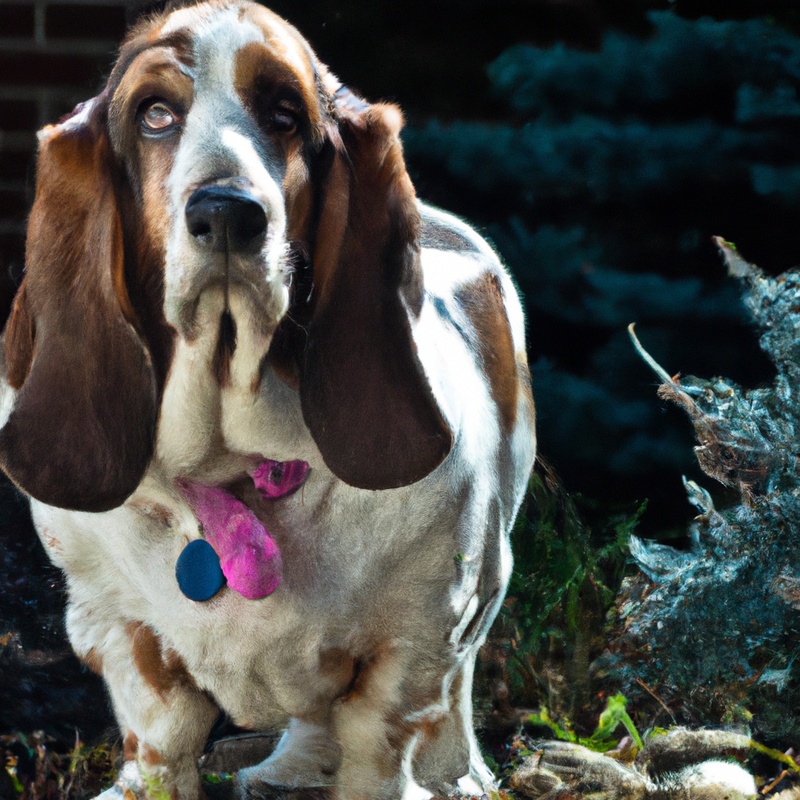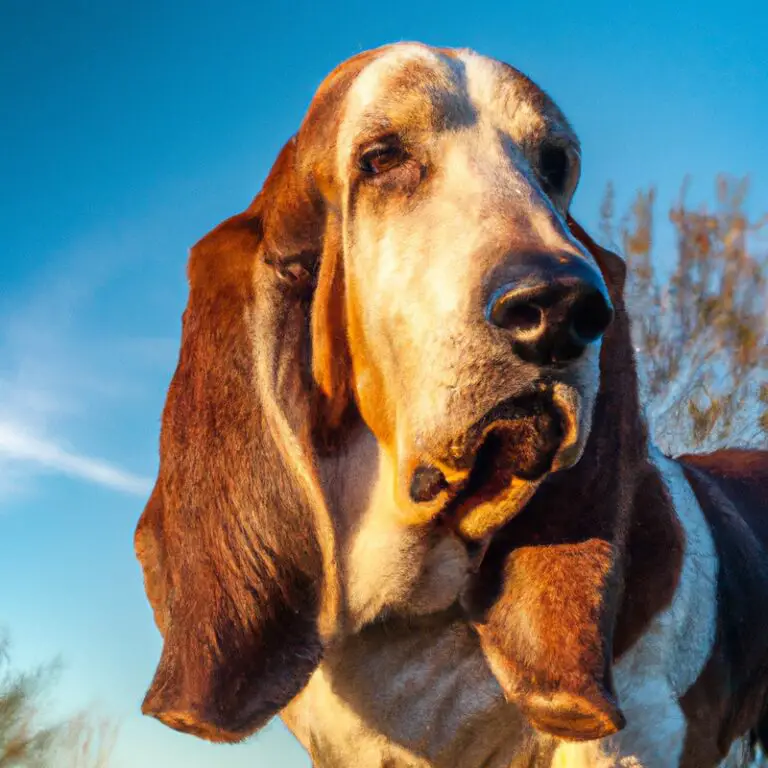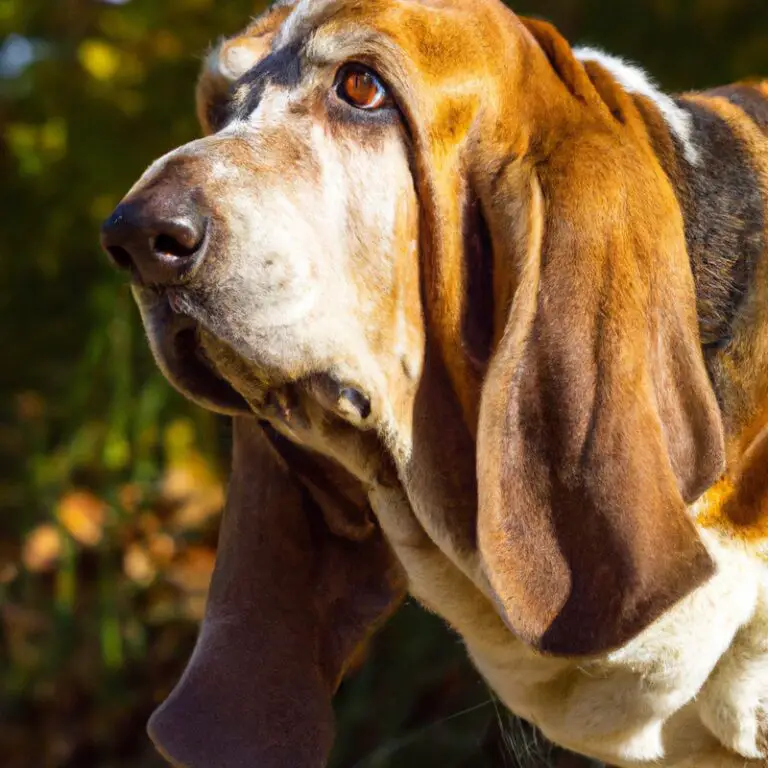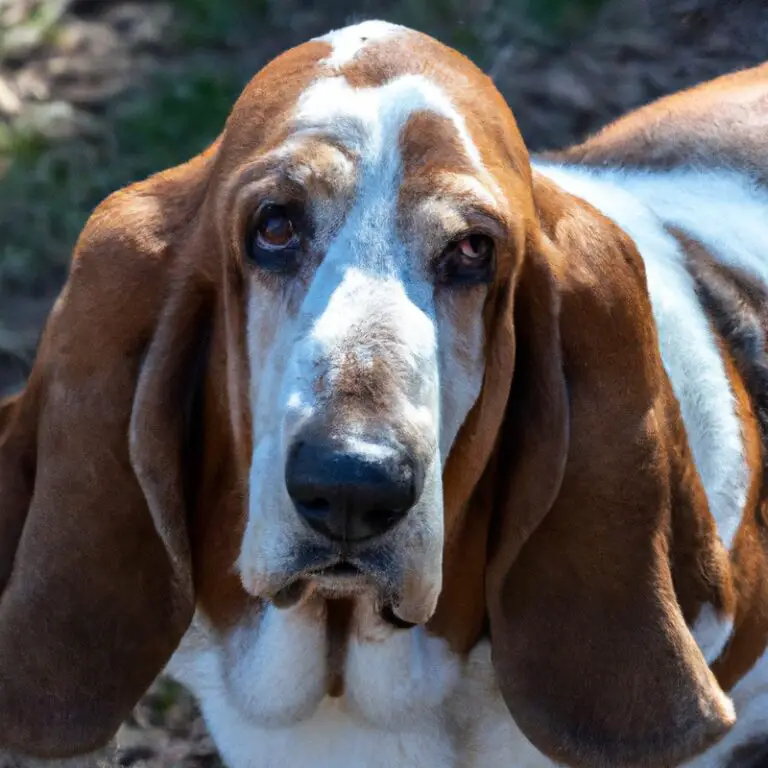Can Basset Hounds Be Trained For Dog Weight Pulling?
Key Takeaways:
- Yes, Basset Hounds can be trained for dog weight pulling.
- Basset Hounds may not excel in heavy weight pulling due to their physical limitations.
- Successful training for weight pulling in Basset Hounds requires slow and consistent conditioning.
- Basset Hounds can still participate in weight pulling for exercise and mental stimulation purposes.
Have you ever seen a Basset Hound strut its stuff?
With their long ears and droopy eyes, they may not seem like the most likely candidates for dog weight pulling.
But don’t let their appearance fool you! These charming canines have some hidden strength and surprising determination.
In this article, we’ll explore whether Basset Hounds can be trained for weight pulling, the history of this competitive sport, the characteristics of the breed, and the challenges that may arise during training.
So, hold onto your leashes and get ready to discover the untapped potential of these lovable hounds!
| Yes | No | |
| Strength and Size | Basset Hounds have strong muscles and a sturdy build which can be advantageous for dog weight pulling. | Basset Hounds are not typically bred for intense physical activity and may not have the strength or size required for dog weight pulling. |
| Temperament | Basset Hounds are generally gentle, mild-mannered, and eager to please, which can make them receptive to training for dog weight pulling. | Basset Hounds may exhibit stubbornness and may not be as driven or motivated to participate in dog weight pulling as some other breeds. |
| Training | Basset Hounds can be trained for various activities, including dog weight pulling, with consistent and positive reinforcement training techniques. | While it is possible to train a Basset Hound for dog weight pulling, it may require more time, effort, and patience compared to breeds that are specifically bred for this sport. |
| Risk of Injury | Proper training, conditioning, and supervision can minimize the risk of injury for Basset Hounds participating in dog weight pulling. | Basset Hounds may be more prone to certain injuries, such as strains or joint issues, due to their body structure and short stature, which can make dog weight pulling more risky for them. |
| Overall Suitability | Basset Hounds can be trained for dog weight pulling, but they may not be as well-suited for this sport as some other breeds that are specifically bred for it. | Basset Hounds are generally not considered ideal for dog weight pulling due to their physical characteristics and temperamental traits. |
What is dog weight pulling?
Definition and history of dog weight pulling
Dog weight pulling is a competitive sport where dogs use their strength to pull heavy objects. It has its roots in the working abilities of strong, powerful breeds like Alaskan Malamutes and Siberian Huskies.
The sport originated in the early 20th century as a way to showcase a dog’s strength and working instincts.
Over time, it has evolved into organized competitions with specific weight classes and rules. Dogs are harnessed to a sled or cart and must pull the load a certain distance within a given time limit.
Today, dog weight pulling is enjoyed by a variety of breeds and is a thrilling display of canine strength and teamwork.
It’s a sport that both dogs and their owners find exciting and rewarding.
Different categories and rules of dog weight pulling competitions
In dog weight pulling competitions, there are different categories based on the dog’s weight. These categories typically include lightweight, middleweight, and heavyweight divisions.
Each division has its own set of rules and regulations.
Usually, the dog must pull a weighted sled or cart a certain distance within a specified time limit. The weight is gradually increased throughout the competition.
The dog with the highest weight pulled within the time limit wins.
Judges ensure fair play and safety during the event. It’s important for participants to understand and adhere to the specific rules of their chosen category.
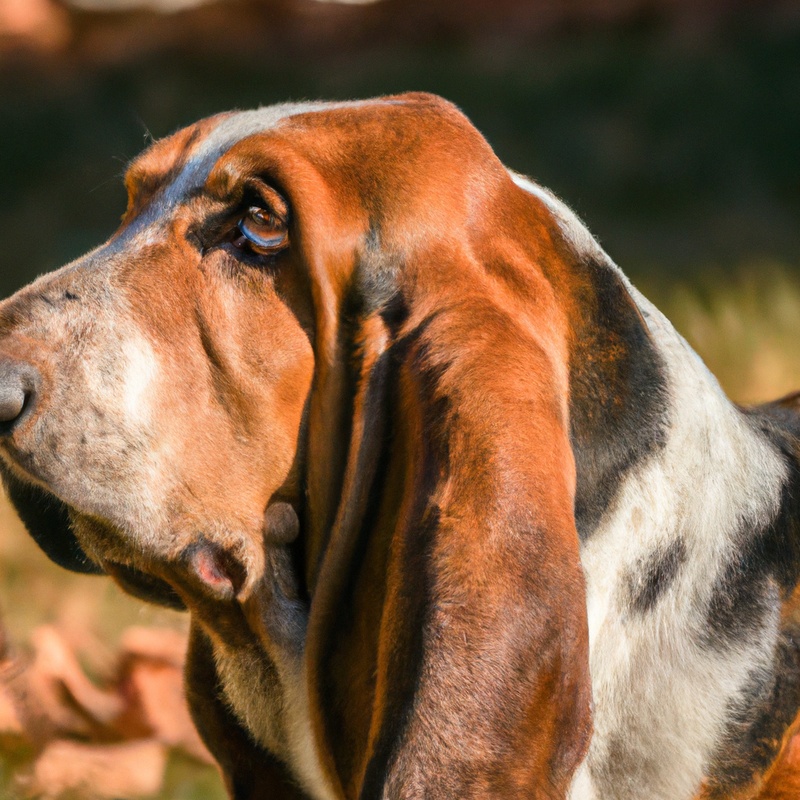
Basset Hounds: Characteristics and temperament
Brief overview of Basset Hound breed
Basset Hounds are a unique and lovable breed known for their distinct features. They have long, droopy ears, short legs, and a wrinkled face.
Bassets are medium-sized dogs with a sturdy build, known for their excellent sense of smell.
They were originally bred for hunting small game, specifically rabbits. Bassets have a friendly and calm temperament, making them great companions for families and individuals alike.
They are known for being affectionate, patient, and good with children.
Overall, Basset Hounds are a charming breed with their own distinct characteristics that set them apart from other dogs.
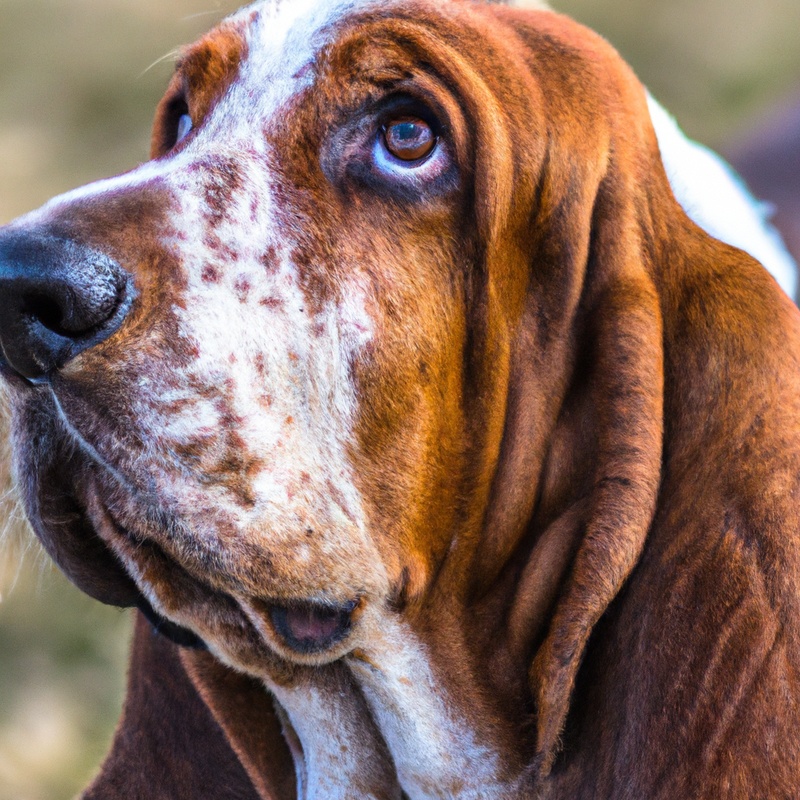
Basset Hound’s temperament and physical abilities
Basset Hounds have a friendly and laid-back temperament, making them great family pets.
They are known for being gentle, affectionate, and patient, especially with children.
Bassets also have excellent scent-tracking abilities due to their long, droopy ears and powerful sense of smell.
However, their physical abilities may not be suitable for intense activities like dog weight pulling.
Bassets have short legs and a heavy build, which can limit their endurance and strength.
Additionally, their stubborn nature can make training for weight pulling challenging.
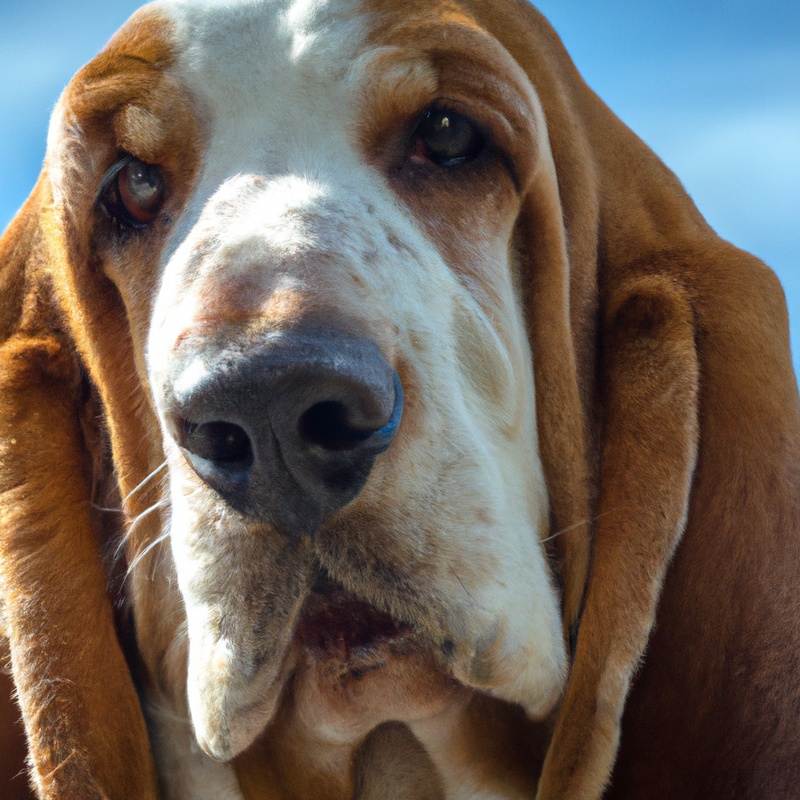
Training Basset Hounds for dog weight pulling
Assessing Basset Hound’s suitability for weight pulling
Assessing a Basset Hound’s suitability for weight pulling requires considering their physical traits and temperament. Basset Hounds have a low-slung build and are known for being stubborn, which may pose challenges in training.
However, they are also strong and determined dogs, making them potential candidates for weight pulling.
Observing their eagerness to pull, strength, and endurance during play or exercise can help determine if they have the drive and physical capability for weight pulling. Regular exercise and obedience training are also important prerequisites before introducing them to weight pulling activities.
Basic obedience training prerequisites for weight pulling
Before considering weight pulling training for your Basset Hound, it’s important to ensure they have a solid foundation in basic obedience. This includes commands such as sit, stay, come, and walking on a loose leash.
Basic obedience training helps establish communication and control between you and your dog.
It builds their focus, impulse control, and responsiveness, which are all essential for weight pulling. Consistency, positive reinforcement, and patience are key when training your Basset Hound in basic obedience skills.
Specific weight pulling training techniques for Basset Hounds
To train Basset Hounds for weight pulling, it’s important to focus on specific techniques tailored to their unique characteristics. Here are some key training techniques:
- Gradual Conditioning: Start by gradually introducing the weight pulling equipment to your Basset Hound, allowing them to become comfortable with the harness and dragging light objects.
- Positive Reinforcement: Utilize positive reinforcement techniques such as treats, praise, and play to motivate and reward your Basset Hound during the training process.
- Incremental Weight Increase: Slowly increase the weight that your Basset Hound pulls over time to build strength and stamina. Monitor their progress and adjust the weight accordingly.
- Proper Form and Technique: Teach your Basset Hound to maintain proper form while pulling weight, ensuring they use their legs and back muscles correctly to avoid strain or injury.
- Consistency and Regular Training: Stick to a consistent training schedule and ensure regular practice sessions to reinforce the weight pulling skills and maintain progress.
Remember, each Basset Hound is unique, so be patient and adapt the training techniques to suit their individual needs and abilities. Happy training!
Challenges and considerations in training Basset Hounds for weight pulling
Potential health risks associated with weight pulling for Basset Hounds
Weight pulling can pose potential health risks for Basset Hounds.
Their long and low body structure puts strain on their joints and spine, increasing the risk of injuries such as sprains, strains, and herniated discs.
Excessive pulling can also lead to overheating and exhaustion, causing heatstroke.
Moreover, the intense physical exertion can worsen pre-existing health conditions like hip dysplasia and arthritis.
It is important to monitor their health closely, provide proper warm-up and cool-down exercises, and consult with a veterinarian before engaging Basset Hounds in weight pulling activities.
Overcoming Basset Hound’s size and physical limitations
Basset Hounds may have certain size and physical limitations that can pose challenges in dog weight pulling.
However, these limitations can be overcome with appropriate training techniques and adjustments.
For example, using a well-fitted harness that distributes the weight evenly can help mitigate strain on their bodies.
It is also crucial to gradually increase the weight and intensity of the pulling exercises, allowing the Basset Hound to build strength and endurance over time.
Additionally, regular exercise and conditioning can help improve their overall physical fitness, making them better equipped for weight pulling activities.
Dealing with Basset Hound’s stubbornness during training
Dealing with a Basset Hound’s stubbornness during training can be a challenge, but with patience and consistency, it is possible to make progress.
Here are some tips:
- Positive reinforcement: Use treats, praise, and rewards to motivate your Basset Hound during training sessions. They respond well to positive reinforcement and are more likely to cooperate.
- Break it down: Break training tasks into smaller steps and gradually build up to more complex commands. This approach helps prevent overwhelm and keeps your Basset Hound engaged.
- Be consistent: Stick to a regular training schedule and use the same command words and hand signals. Basset Hounds appreciate routine and consistency, which can help reduce their stubbornness.
- Use high-value rewards: Basset Hounds have a strong food drive, so using delicious treats or a favorite toy as a reward can be highly motivating for them.
- Be patient: Basset Hounds are known for their independent nature, so it may take longer for them to master certain commands. Stay calm, be patient, and celebrate even small achievements.
- Seek professional help if needed: If you’re struggling with your Basset Hound’s stubbornness or finding it difficult to make progress, consider consulting a professional dog trainer for guidance and support. They can provide personalized advice based on your dog’s specific needs.
Can any Basset Hound be trained for weight pulling?
Factors to consider when selecting a Basset Hound for weight pulling
When selecting a Basset Hound for weight pulling, there are several factors to consider:
- Size and build: Look for a Basset Hound with a solid and muscular build, as they will have the strength and endurance needed for weight pulling.
- Health and condition: Ensure that the Basset Hound is in good health, as weight pulling can put strain on their bodies. Check for any existing health issues that may affect their ability to participate.
- Temperament: Basset Hounds should have a willing and cooperative temperament, as they will need to be motivated and responsive during training sessions.
- Drive and motivation: Choose a Basset Hound with a high level of drive and motivation, as this will help them stay focused and enthusiastic during weight pulling training.
- Genetics: Consider the lineage of the Basset Hound, as certain bloodlines may have a stronger predisposition for weight pulling abilities.
By considering these factors, you can increase the chances of selecting a Basset Hound that has the potential for success in weight pulling.
Determining a Basset Hound’s potential for weight pulling
Determining a Basset Hound’s potential for weight pulling can be done by assessing their physical condition, temperament, and drive. Look for Basset Hounds that are muscular, with a sturdy build.
They should also possess a strong desire to work and please their owners.
It’s important to evaluate their energy levels and willingness to engage in physical activities. Additionally, consider their overall health and any breed-specific limitations.
Remember, not all Basset Hounds may be suitable for weight pulling, so it’s crucial to choose carefully and consult with experienced trainers.
Final Verdict
Basset Hounds can indeed be trained for dog weight pulling.
Their low center of gravity and strong build make them well-suited for this activity.
However, it’s important to consider their individual temperament, physical limitations, and health risks associated with weight pulling.
With proper assessment, obedience training, and specific techniques tailored for Bassets, they can excel in this sport.
While not every Basset may have the potential for weight pulling, with the right selection and training, they can surprise you with their strength and determination.

